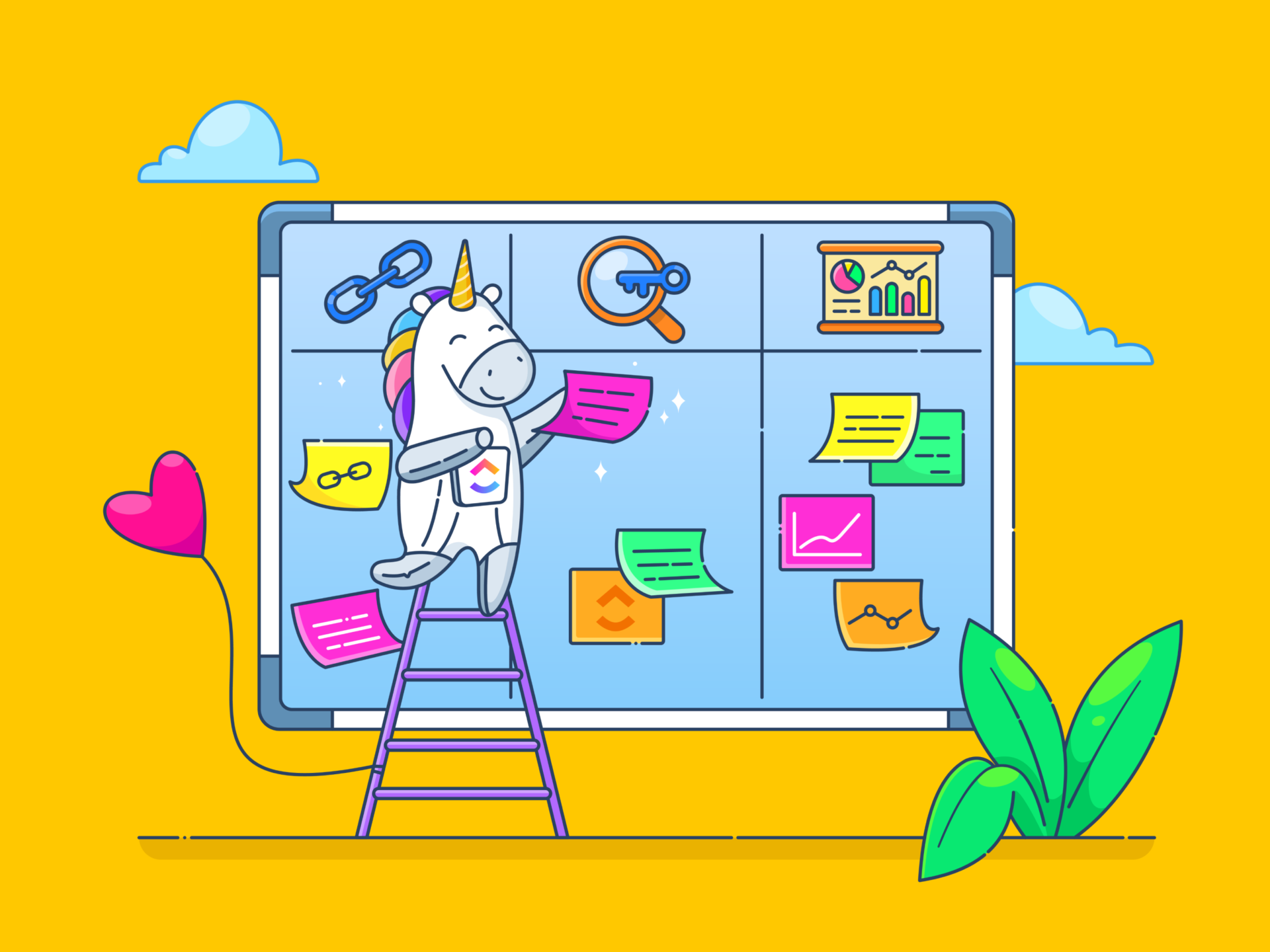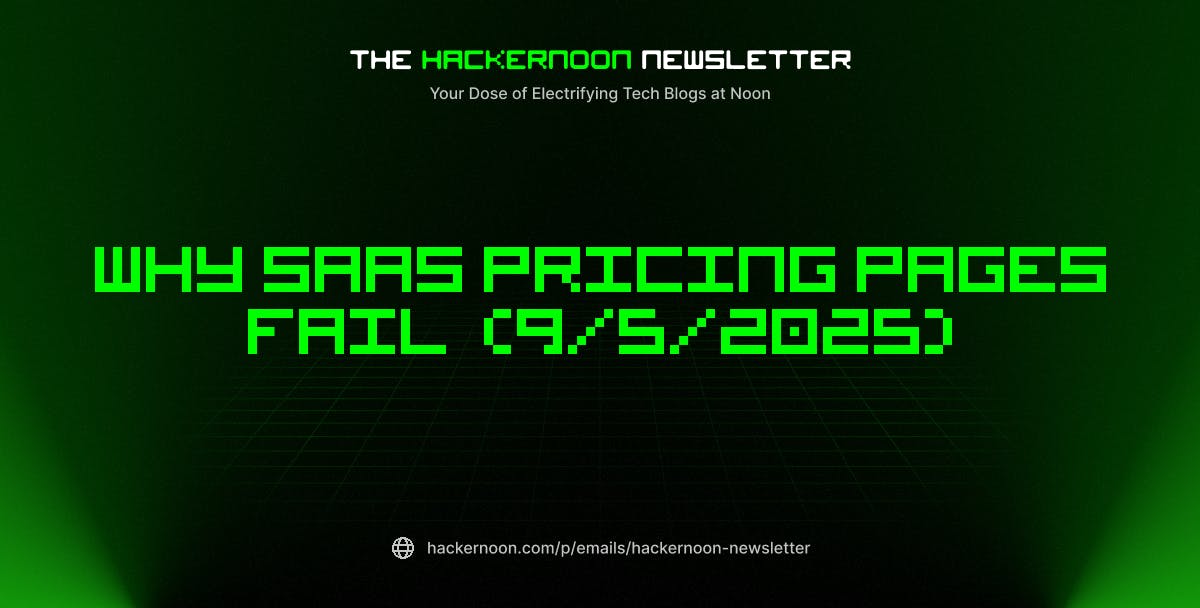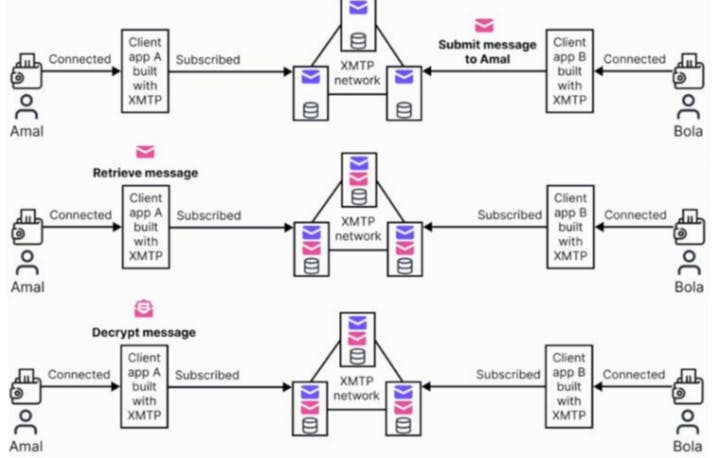Managing project costs is far more effective when planned from the start. Without a clear cost management plan, budgets can quickly go off track, leading to delays, reduced scope, or even project failure.
For perspective, 33% of organizations report budget overruns in their ERP implementations, highlighting just how common this issue is.
While many project managers focus on upfront cost estimation, only few of them implement the right systems in place to control, track, and adjust costs throughout the project lifecycle. That gap can significantly impact project performance and stakeholder confidence.
In this blog, we’ll walk you through the essentials of building a cost management plan—from accurate cost estimation and flexible tracking to strong governance for controlling project costs across all phases.
How to Create a Cost Management Plan ( +Templates)
Understanding Cost Management Plans
You need a clear and structured plan before managing project costs effectively. A cost management plan lays out how you’ll handle money throughout the project.
Before diving into the details, let’s start with what that means.
What is a Cost Management Plan?
A cost management plan is your financial roadmap. It maps not just what you’ll spend, but precisely how you’ll control, track, and optimize every dollar throughout the project.
Unlike a basic budget that only outlines intended expenses, a comprehensive cost management plan details the entire project lifecycle:
- How costs will be estimated (not guessed)
- How expenses will be structured and allocated
- Real-time monitoring protocols that detect issues early
- Control mechanisms that prevent financial drift
- Reporting systems that keep stakeholders informed
The best cost management plans address all sides of the project management triangle. They maintain the equilibrium between costs, scope requirements, and timeline constraints.
When one changes (and something always does), the others must adjust proportionally to keep your project on solid ground.
✨Featured Template
The Project Cost Management Template helps you take control of every penny spent during your project. It’s perfect for teams looking to fast-track their cost management setup.
This template provides the perfect platform to:
- Track costs across multiple projects for portfolio-level visibility and smarter resource planning
- Visualize real-time cost performance with intuitive charts highlighting trends, variances, and budget risks
- Identify underused resources and redirect funds to high-priority or at-risk areas to optimize budgets
- Set automated alerts and thresholds to monitor expenses and prevent budget overruns
- Increase visibility with detailed reports that link financial metrics to deliverables and milestones
- Compare estimated versus actual costs with the Table View, enabling side-by-side analysis and variance detection for precise budget control.
The template integrates with Docs for budget planning, Custom Fields for cost tracking, and Dashboards for performance visualization.
Elements of a Cost Management Plan
Before putting together a cost management plan to manage expenses, it’s essential to understand the core elements that make it effective. Each one supports solid financial oversight throughout the project.
A well-structured approach relies on several interconnected parts that guide how funds are planned, tracked, and adjusted, from kickoff to completion. Together, they form the foundation for smart, disciplined decision-making around project costs:
1. Cost estimation framework
Your plan needs a transparent methodology for calculating costs—and no, “best guesses” don’t count. The most effective plans use multiple estimation techniques:
- Analogous estimating (using similar past projects)
- Parametric estimating (statistical modeling)
- Bottom-up estimating (granular component-level analysis)
💡Pro Tip: Use at least two methods and reconcile the differences. For example, combining parametric estimating for insights based on available data with bottom-up estimating for task-level accuracy strengthens your budget’s credibility.


2. Budget determination process
Budgeting refers to allocating resources and setting financial constraints for a project. It is a management tool supporting effective cost monitoring throughout the project.
A well-defined budget includes:
- Direct costs: Expenses directly attributed to a project, such as materials and labor
- Indirect costs: Overhead costs not directly linked to a specific project, such as administrative expenses
- Contingency reserves: Funds set aside to address unforeseen risks or cost overruns
The projects that stay on budget don’t just consider these categories—they establish clear ownership and decision rights for each.
📌 The Boeing 787 Dreamliner project illustrates the consequences of inadequate cost-control mechanisms. Initially estimated at $5 billion, the development costs soared to over $32 billion due to fragmented oversight and coordination issues. This underscores the necessity for integrated cost monitoring systems to effectively manage actual expenditures against the project budget.
3. Cost breakdown structure (CBS)
Your CBS organizes project costs into manageable components, much like a work breakdown structure (WBS) organizes work. This creates clear cost accountability by mapping budget items directly to deliverables, teams, and durations.
The real power emerges when you link your Cost Breakdown Structure to your WBS, allowing you to see immediately how scope changes affect specific cost elements.
4. Cost control thresholds
Most plans miss this crucial part: predefined variance thresholds that trigger specific actions against the established budget to prevent cost overruns. These thresholds act as early warning signals when spending starts to deviate.
With such thresholds in place, teams can respond quickly—adjusting resources, timelines, or scope before things get out of control.
For example:
- 5-10% variance: Project manager review and documentation
- 10-20% variance: Stakeholder notification and correction plan
- 20% variance: Executive review and formal change request
📌Hershey’s ERP rollout is a lesson in what happens when timelines are squeezed. Aiming to go live in 30 months instead of the recommended 48, they ran into logistical issues that impacted inventory, distribution, and ultimately, revenue. The lesson? Estimating time and cost isn’t just a spreadsheet task—it’s a cornerstone of project success.
5. Measurement protocols
Tracking what you’ve spent isn’t enough. Your plan needs to measure what you’ve accomplished relative to your spending. This helps ensure that every dollar is tied to real progress, not just activity.
The most effective plans use Earned Value Management (EVM) metrics:
- Cost Performance Index (CPI)
- Schedule Performance Index (SPI)
- Estimate at Completion (EAC)
These metrics give you early warning signals of when projects drift. And let you set things right while there’s still time to correct course.
🧠 Fun Fact: The word “budget” comes from the Old French word “bouge,” which means a small leather bag or wallet. In the 1700s, the British Chancellor of the Exchequer would bring their financial plans to Parliament in a leather bag. The term eventually evolved to describe the financial plans themselves!
6. Reporting formats and frequency
Frequent expense tracking and reporting help ensure transparency and facilitate the early identification of financial issues. They also keep stakeholders informed and aligned on budget status.
More importantly, it gives project managers time to course-correct before minor issues become costly problems.
Your plan should specify exactly:
- What financial information gets reported
- Who receives which reports
- How often reporting occurs at each level
The most successful projects use a tiered approach for different roles and needs. Teams track progress with daily dashboards, managers review weekly variance reports, and executives get monthly performance summaries.
💡Pro Tip: With Autopilot Agents, financial reporting becomes effortless and precise. Simply define exactly what financial data needs to be tracked, who should receive each report, and how often updates should be delivered.
Autopilot Agents will automatically gather the right information and send tailored reports to the right people, whether it’s daily updates for your team or monthly summaries for leadership, ensuring everyone stays informed without lifting a finger.


7. Change management integration
Project scope, requirements, or resource availability changes can drastically affect total project costs. A robust change management process is essential to prevent these shifts from derailing your budget.
Your plan must outline how cost impacts are assessed when project changes occur:
- The process for evaluating the financial impact of proposed changes
- Approval workflows based on cost impact thresholds
- Documentation requirements for change requests
The effectiveness of your cost management plan hinges on addressing specific project cost risks. A thorough assessment of potential financial pitfalls should inform which elements receive the most attention in your plan.
With these structural components in place, you can develop a comprehensive cost management plan tailored to your future project’s needs.


👀 Did you know? NASA’s Mars Climate Orbiter mission failed due to a $327.6 million error caused by a simple unit mismatch—imperial vs. metric. The takeaway? Even the most advanced projects need precise cost management and cross-team coordination to avoid expensive missteps.
Developing a Cost Management Plan
Creating a solid cost management plan goes beyond just crunching numbers. It helps you build a smart system that helps you make good decisions when things (inevitably) change.
The process requires more than cost analysis; you need a structure that keeps things on track and allows you to adjust when reality doesn’t follow the script.
Here are eight steps to help you create a plan that balances structure with flexibility, so your project’s finances don’t spiral into mystery territory.
Step 1: Outline project scope and requirements
This foundation is critical—vague scope definitions inevitably lead to cost uncertainty. Begin by clearly documenting all deliverables, constraints, and assumptions. This will set expectations early and reduce the risk of misunderstandings later.
Work with stakeholders to establish detailed requirements, directly influencing your cost estimates. The more precise the scope, the more reliable your cost projections will be.
Step 2: Define the cost management approach
Project cost management involves deciding how to manage costs. It sets the rules, processes, and tools you’ll use to stay on budget from beginning to end.
You need to make three critical decisions:
- Cost estimation methodology: Decide whether to use top-down, bottom-up, or analogous estimating techniques
- Cost control measures: Outline how costs will be monitored and controlled throughout the project lifecycle. Will you review costs weekly? Monthly? (Hint: more frequent = better control)
- Data management systems: Spreadsheets work for simple projects, but specialized software gives you real-time visibility
📮 insight: 92% of knowledge workers use personalized time management strategies. But, most workflow management tools don’t yet offer robust built-in time management or prioritization features, which can hinder effective prioritization.
’s AI-powered scheduling and time-tracking features can help you transform this guesswork into data-driven decisions. It can even suggest optimal focus windows for tasks. Build a custom time management system that adapts to how you actually work!
Step 3: Create a work breakdown structure
The WBS helps you spot hidden costs early before they ambush your actual budget. By breaking down the project into smaller, detailed components, you can see where resources will be used and where risks could be.
As a reliable way to identify all cost-driving elements, it ensures nothing important is missed.
So, break your project into increasingly smaller components until you reach work packages that are:
- Small enough to estimate accurately
- Big enough to manage efficiently
💡 Pro Tip: If your team likes a clear, structured approach, the Project Budget with WBS Template is a solid pick. It ties your financial planning directly to your work breakdown structure, so everything lines up neatly.
Step 4: Estimate costs
Most project cost estimates fail because they’re based on wishful thinking rather than reality. They often ignore risks, real-world constraints, and the true cost of execution.
Instead, follow this proven formula:
- Identify every single resource you’ll need (people, equipment, materials)
- Calculate actual costs using current rates and historical data
- Add contingency reserves based on your project’s risk profile
Utilizing estimate templates along with robust project management tools can enhance this estimation process by providing benchmarks and accuracy.
💡 Pro Tip: Incorporate these estimates into project budget templates to ensure that costs are accurately accounted for in your overall project budget.
Step 5: Develop the budget
Once costs are estimated, combine them into a budget that serves as the baseline for measuring project performance.
Create a budget that shows:
- Exactly when funding is needed throughout the project
- How costs are distributed across deliverables
- Clear connections between spending and value creation
This transparency makes you better equipped to justify your budget when finance starts looking for budget cuts.
Step 6: Establish your cost baselines
Your cost baseline is the approved budget plus contingency reserves, which serve as your measuring stick for the entire project execution.
Make sure your baseline:
- Is formally approved by the project sponsor
- Includes S-curves that visualize planned spending over time
- Establishes trigger points for when variances require action
Step 7: Implement cost control systems
Implement cost-control processes in project management to monitor and control project costs. Implement these three critical systems:
- Regular variance analysis: Compare actual vs. planned costs at least bi-weekly
- Change control process: Evaluate the cost impact of every change request
- Stakeholder reporting: Create simple dashboards that communicate financial status without overwhelming stakeholders with details
Remember: Finding a cost problem early means you still have options. Find it late, and you’re just documenting project failure.
Step 8: Review and update the plan
A cost management plan is not static; it requires periodic reviews and updates to ensure continued relevance.
Schedule regular reviews to:
- Analyze performance trends and adjust forecasts
- Update your plan based on actual performance data
- Document lessons learned while they’re fresh (not just at project end)
Such an approach of continuous improvement ensures your cost management gets more accurate with every passing week.
Even the most meticulously developed cost management plan is only as effective as the tools used to implement it. You need the proper digital toolbox for managing project budgets.
Key software and tools for managing costs in projects
The cost management landscape has evolved dramatically over the past decade, offering options from specialized financial software to comprehensive project management solutions. Effective cost management typically employs a strategic combination of these tools:
Estimation tools
- Parametric estimation software that leverages historical data
- Monte Carlo simulation tools for risk-based cost forecasting
- Industry-specific estimation databases that provide benchmarks
Tracking tools
- Time-tracking applications that convert hours into costs
- Expense management platforms that capture and categorize spending
- Resource allocation tools that monitor utilization against budgets
Reporting and analysis tools
- Financial dashboards that visualize cost performance
- Earned value management (EVM) systems that integrate project schedule, scope, and cost
- Variance analysis tools that flag deviations from planned expenditures
Exceptional cost management depends on how seamlessly your tools integrate to ensure continuous financial visibility throughout the project.
: Transform budget nightmares into cost control mastery


While many organizations use various specialized tools, is the everything app for work that seamlessly integrates cost management into the project workflow. So, it actively drives progress instead of just tracking numbers.
Unlike standalone time trackers, also connects time entries directly to tasks, enabling you to:
- Monitor labor costs at the task, milestone, and project levels
- Identify scope creep through time expenditure patterns
- Forecast remaining costs based on actual productivity rates
But ’s budgeting capabilities go beyond basic cost tracking, offering dynamic budget management that adapts as your project evolves.
Your budget, visualized your way


With the extensive customization capabilities in , you can decide how you want data displayed and by what stage. Just define your Custom Fields and Custom Statuses.
You can set and monitor budgets by department, category, or project phase—whatever makes sense for your setup. Want to avoid overspending? Set spending limits and receive automated alerts in when spending gets too close for comfort.


One super app for all your budgeting needs
The best part about as a cost management tool? It cuts out the usual delays that come from bouncing between tools. It brings your financial data and project work together in one place, so everything stays connected and up to speed.
’s Project Time-Tracking feature transforms labor hours, typically the most significant project expense, into actionable financial data. And the best part is that you can track your time from anywhere—desktop, mobile app, or even the Google Chrome extension.


Get deeper insights and stay on top of trends
The difference between drowning in financial data and staying atop actionable insights often comes down to visualization.
Dashboards are customizable and convert complex cost data into clear visual signals, prompting timely decisions. Cost-focused dashboards can be configured to display:
- Burn rate charts that show spending velocity against time
- Budget health indicators that use color-coding for at-a-glance assessment
- Resource utilization heat maps that identify potential cost inefficiencies
These visualizations bring financial metrics into daily workflows, elevating cost management from periodic review activities to an ongoing steering mechanism.


Need to get a better handle on effective project cost management? The Project Cost Analysis Template offers advanced features to help you uncover the details and get a better handle on the numbers.
Challenges and Best Practices
Even with robust tools and well-designed plans, cost management efforts remain one of the most challenging aspects of project delivery.
Understanding these challenges and having strategies to address them can mean the difference between financial success and disappointment.
Common challenges in cost management
Let’s explore the obstacles derailing even the most carefully planned budgets. By recognizing these challenges early, you can develop proactive strategies rather than reactive damage control.
1. Inaccurate initial estimates
Many projects are doomed from day one because their estimates are unrealistic or guesswork.
Whether it’s pressure to win approval with attractive numbers or simple overconfidence, these initial miscalculations create a house of cards for all subsequent financial management.
Mitigation strategy: Stop guessing and start using parametric estimating techniques with historical data. Implement three-point estimates (best case, worst case, most likely) for everything.
2. Hidden costs and unexpected expenses
Even seasoned project managers can miss hidden costs like license renewals, compliance needs, or unexpected equipment repairs.
Mitigation strategy: Develop absurdly detailed cost breakdown structures that capture direct and indirect costs. Then, based on risk assessments, create specific contingency reserves for categories of potential surprise expenses.
3. Inadequate tracking and reporting
Without timely, accurate cost data, project managers are essentially flying blind. Many teams struggle with delayed financial reporting, inconsistent tracking practices, or systems that don’t integrate with project management tools.
Mitigation strategy: Establish weekly cost reporting rhythms and standardized tracking methods. Leverage integrated platforms that connect financial data directly to project management software to eliminate reporting lags.
Best practices for effective cost management
Effective cost management is about adhering to a budget while maximizing value throughout a project’s lifecycle. This requires proven methods that can be applied regardless of project size or complexity.
The following best practices represent strategies that consistently improve financial outcomes across diverse project environments, industries, and scales:
- Integrate cost management with project planning: Start budgeting during project conception, assess financial feasibility, consider cost impacts in planning, and set financial checkpoints between phases
- Perform regular cost-benefit analysis: Continuously evaluate whether expected benefits still justify costs, especially when facing change requests or unexpected challenges
- Use past data for better planning: Learn from completed projects by tracking actual costs against estimates, finding patterns in variances, and updating your estimation models
- Foster financial transparency: Create cost awareness by sharing budget status with the team, discussing finances in meetings, and recognizing cost-saving ideas
- Track clear cost performance indicators: Go beyond basic budget comparisons by using metrics like Cost Performance Index, Estimate at Completion, and ongoing ROI tracking
Unlock Your Project’s Financial Potential with
The difference between projects that merely survive and those that thrive often comes down to how thoughtfully finances are managed.
As markets evolve and stakeholder expectations grow, sophisticated cost management has transformed from a competitive advantage to a fundamental necessity.
Tomorrow’s project leaders will ask not only, “Are we on a budget?” but also, “How can we extract maximum value from every resource invested?”
This shift toward strategic financial thinking opens new possibilities for teams willing to embrace the art and science of cost management. Your next project represents an opportunity to implement these principles from day one.
Sign up for for free today and build an effective cost management system.


Everything you need to stay organized and get work done.














